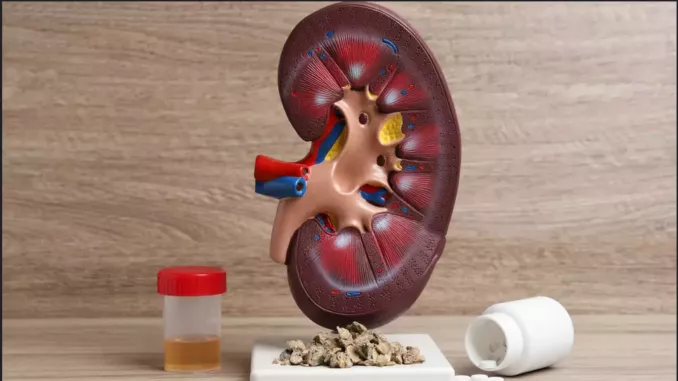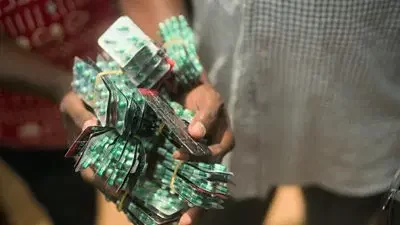
Tattoo lovers have been warned that they are at risk as it has been discovered that tattoos can cause serious infections.
Tattoos can cause infections 15 years after they were drawn, doctors have warned after a woman was admitted to hospital suffering enlarged lymph nodes.
The 30-year-old Australian feared she had cancer after noticing painful lumps in her armpit. However, when doctors at the Royal Prince Alfred Hospital in Sydney removed the tissue, it was found to be harmless.
Experts concluded that the lumps were caused by a reaction to tattooing which had been done 15 years previously, and have urged doctors to ask about tattoos when patients are suffering from lymphoma.
The new case study, published in the journal Annals of Internal Medicine, notes that doctors have known for some time that tattoo ink travels to the lymph nodes - which are used by the body to clear out toxins in the body - because the nodes can change to the same colour of the ink.
But the new study shows the effect can still happen more than a decade after a person gets a tattoo.
Recent research by the European Synchrotron Radiation Facility found that toxic nanoparticles of titanium dioxide found in tattoo ink can travel through the body and become lodged in the lymph nodes where they can cause problems.
"When someone wants to get a tattoo, they are often very careful in choosing a parlour where they use sterile needles that haven't been used previously.
"No one checks the chemical composition of the colours, but our study shows that maybe they should," said Hiram Castillo, one of the authors of the study and scientist at the ESRF.
There are few studies which have looked at the toxic impact of tattoo ink, which can contain preservatives and contaminants like nickel, chromium, manganese or cobalt.
"We already knew that pigments from tattoos would travel to the lymph nodes because of visual evidence: the lymph nodes become tinted with the colour of the tattoo," said Bernhard Hesse, one of the two first authors of the study and ESRF visiting scientist.
"It is the response of the body to clean the site of entrance of the tattoo. What we didn't know is that they do it in a nano form, which implies that they may not have the same behaviour as the particles at a micro level.
"And that is the problem: we don't know how nanoparticles react."
















Comments